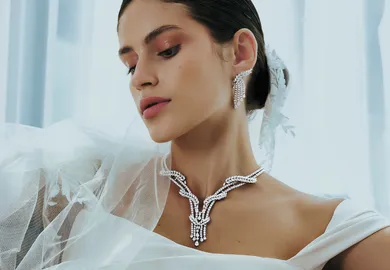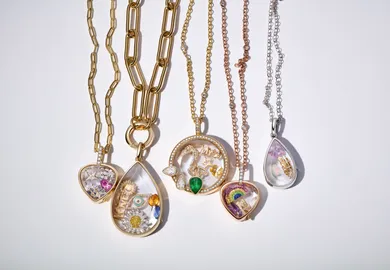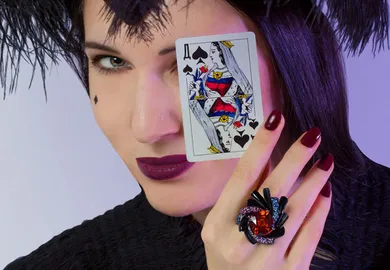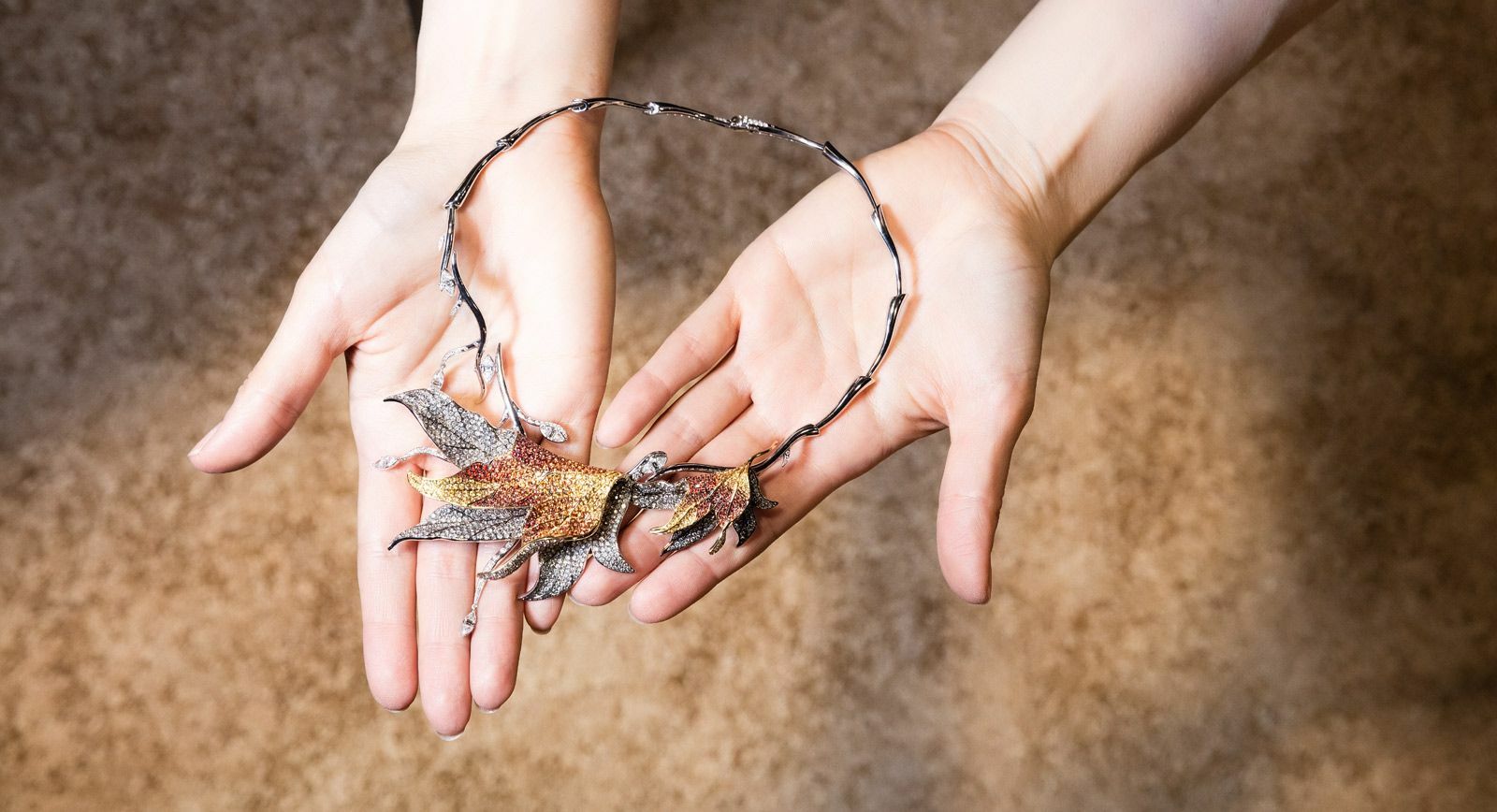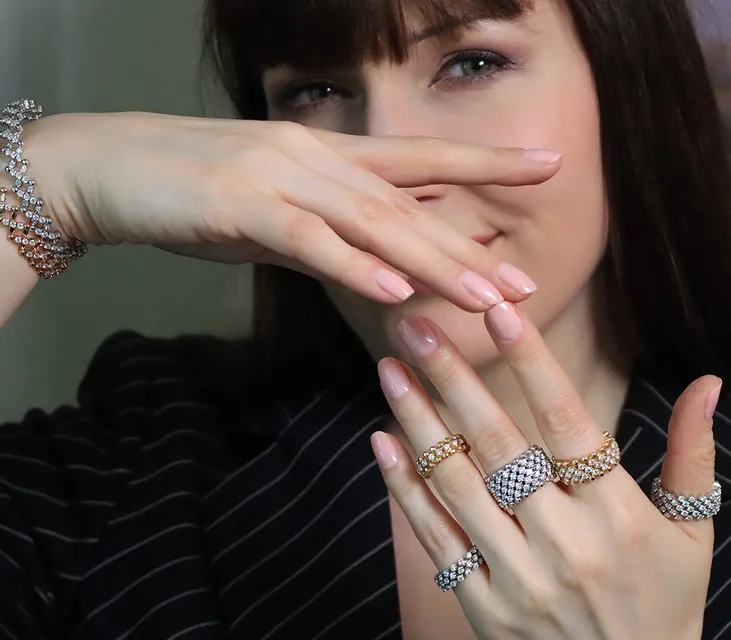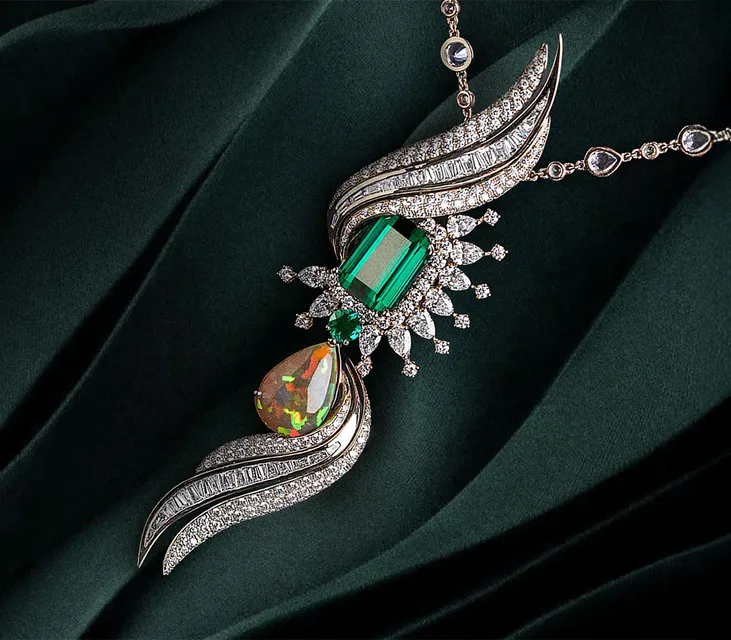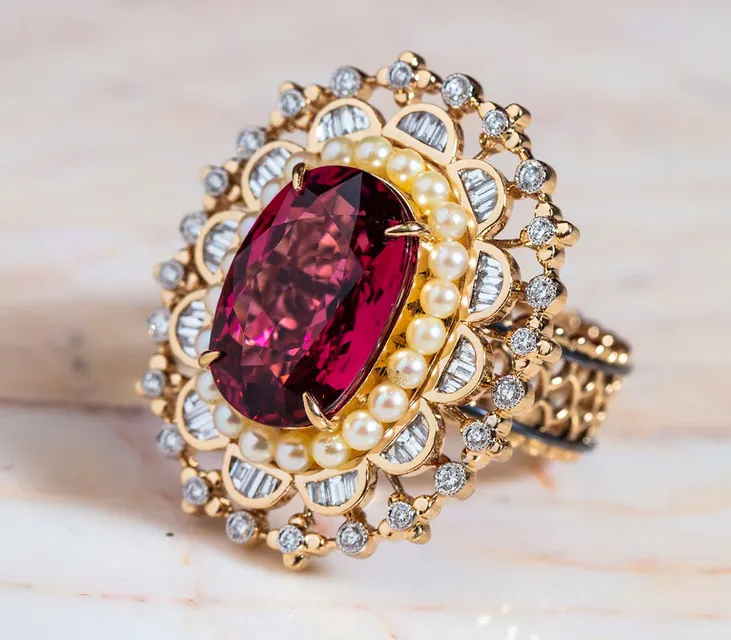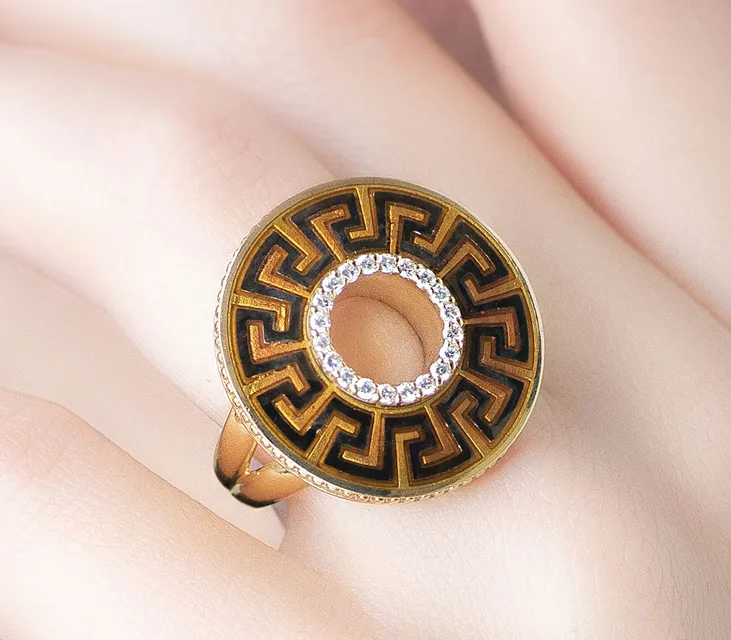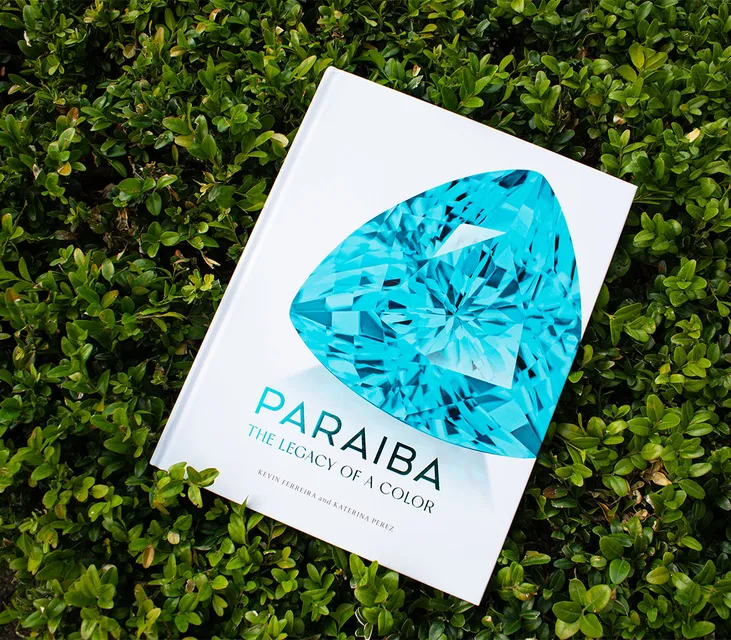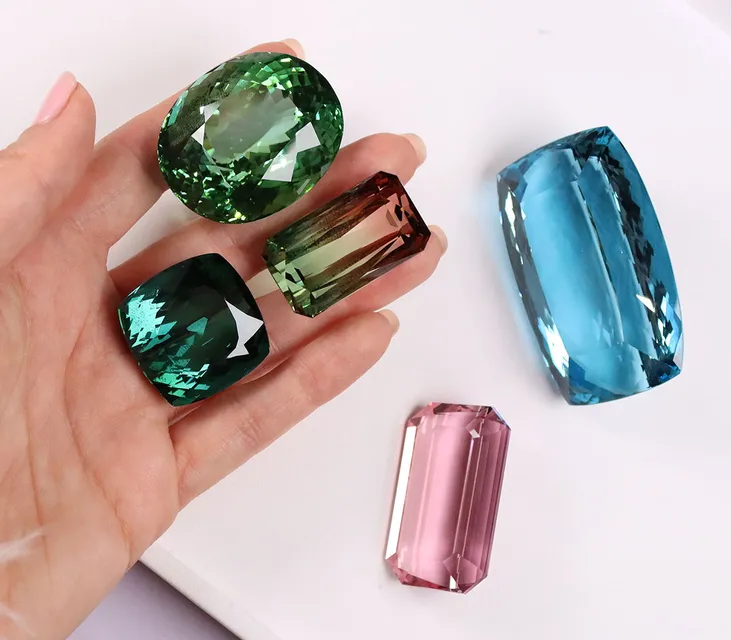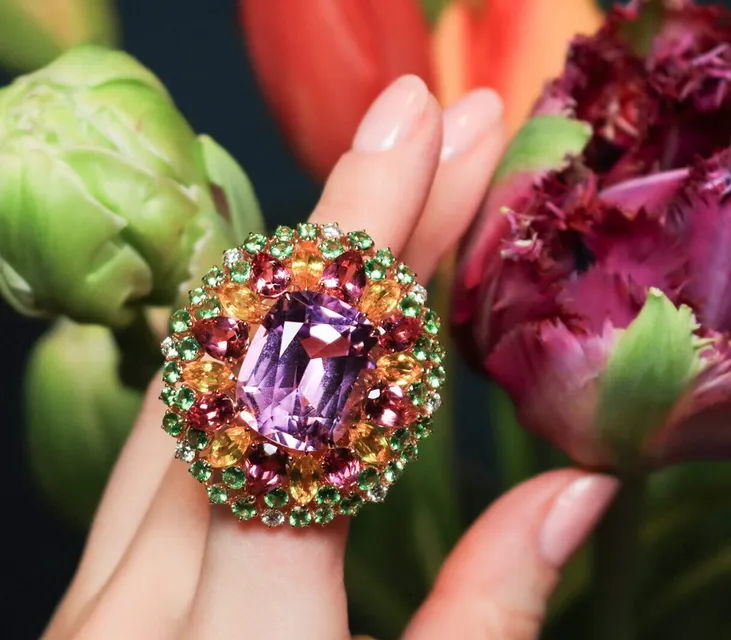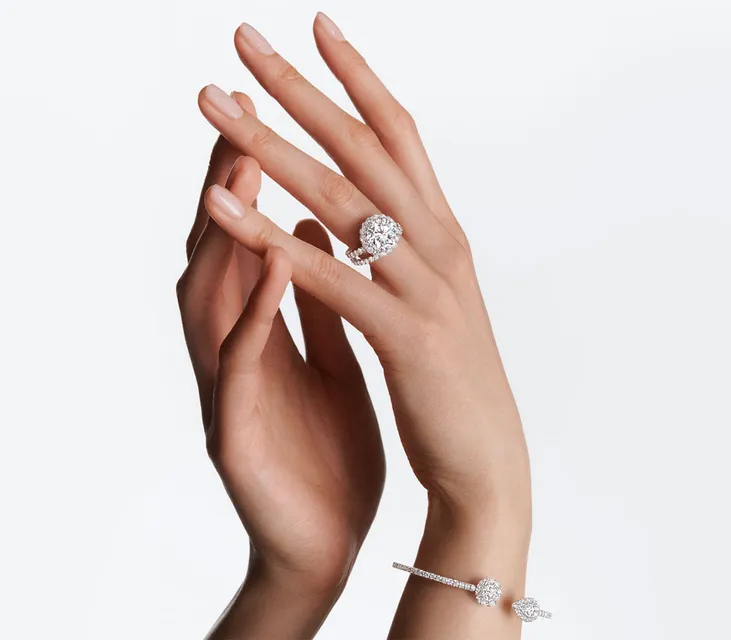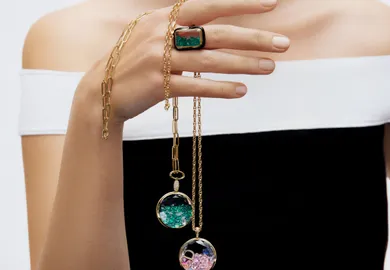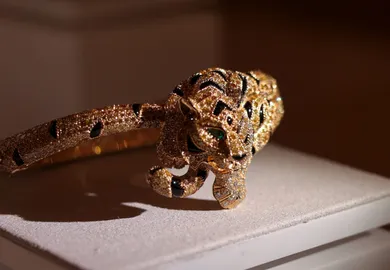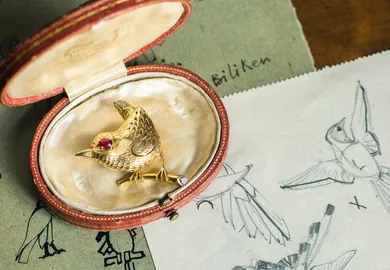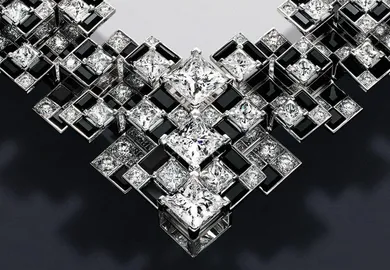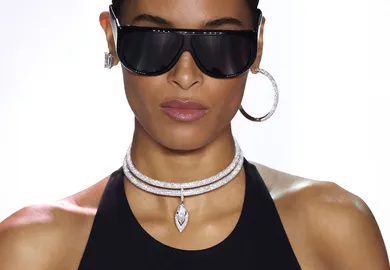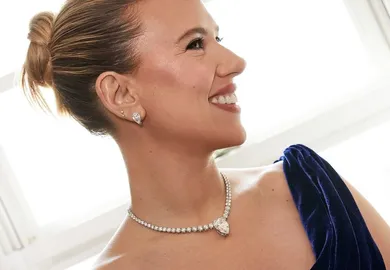

Adorning our wrists: A classification of bracelets
Nowadays, any personal item can say a lot about its owner, from their status to their taste and style. As one of the oldest pieces of jewellery, the bracelet has long been used for a number of purposes: as an amulet and talisman, as a status symbol and even as a means of identifying the bearer in some way, by indicating a personal number, blood group or allergy. However, this item of jewellery is currently used as a fashion accessory that helps to express and emphasise the wearer’s individuality. So, let’s take a closer look at the main types of bracelet.
I think the easiest way to classify bracelets is by the way their style, as all bracelets can be divided into one of two major groups: flexible bracelets and non-articulated ones. Flexible types of bracelet are most common, as they are comfortable and versatile to wear. They can be divided by style as follows:
Chain bracelet
These types of bracelets are made up of several links, sometimes identical and sometimes varying in shape and length, with the metal in one colour or more. Sometimes they are encrusted with gemstones to give a simple piece a more luxurious appearance, but for the most part their are found in a design of pure metal.
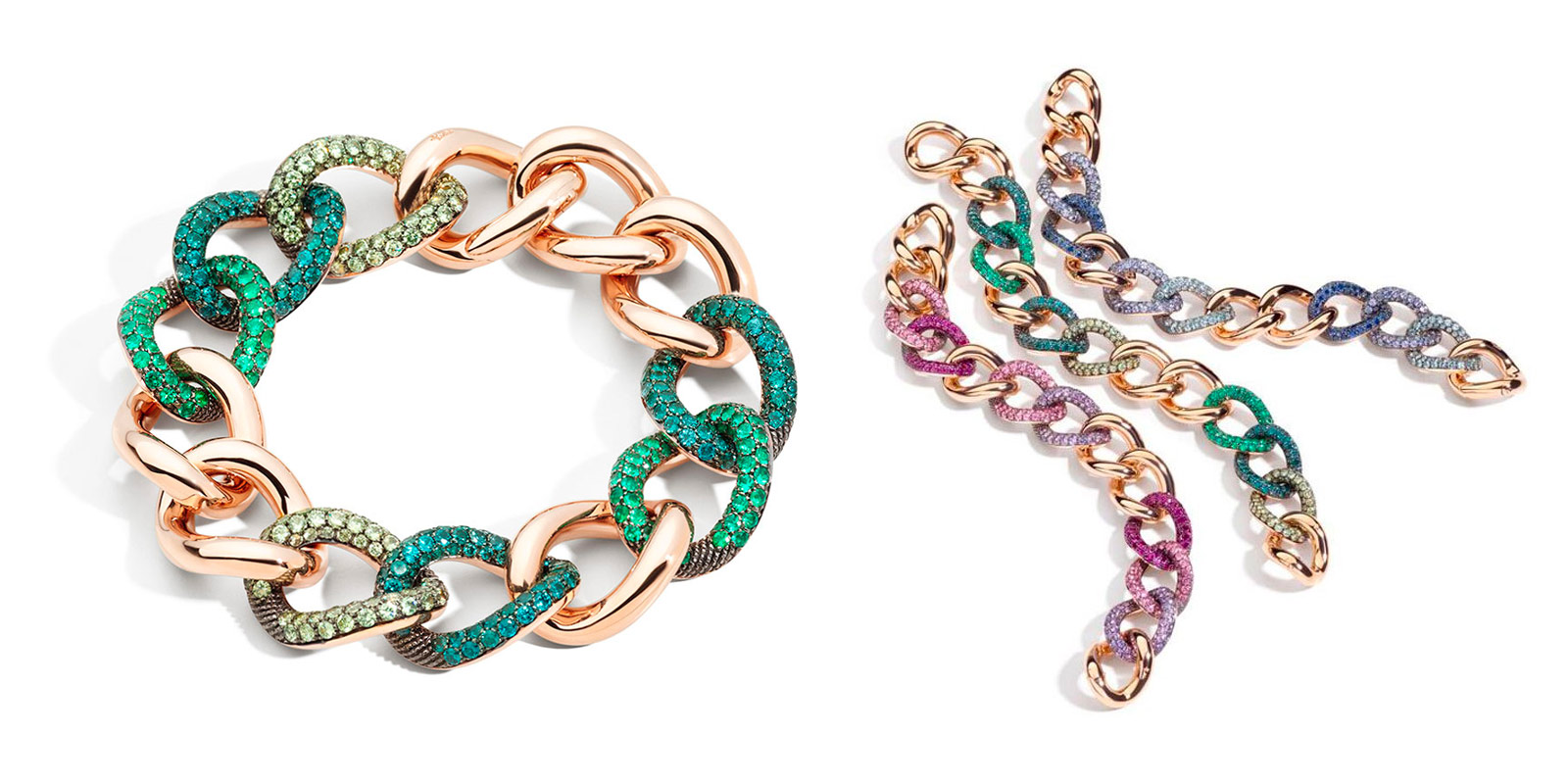
Emerald and sapphire Tango chain bracelets by Pomellato
Charm bracelet
A composite band whose main feature is a chain with large links. There are removable charms on the chain, normally in the form of beads or pendants. Occasionally these small accessories are a non-removable detail and are part of the bracelet chain.
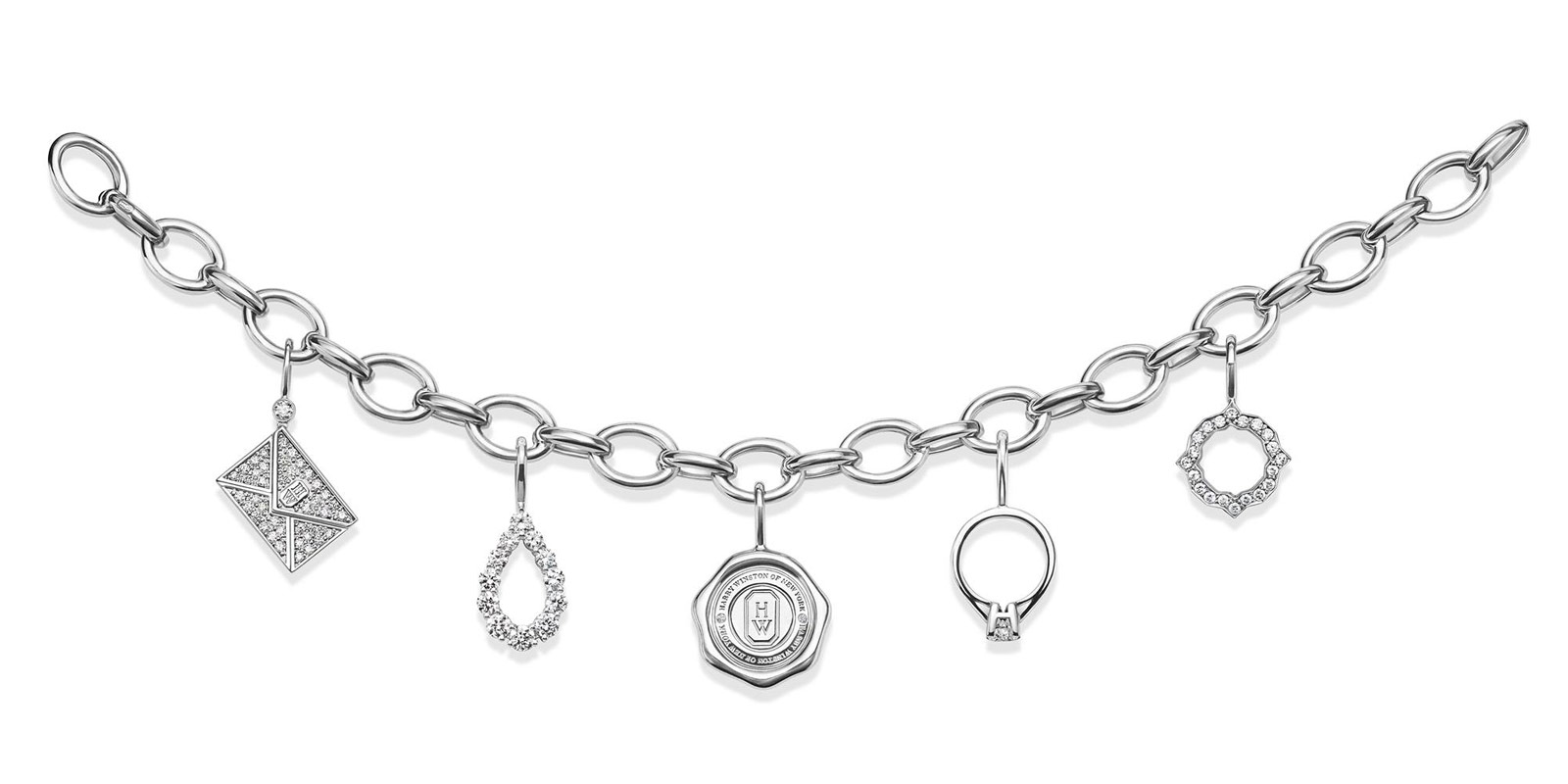
Harry Winston charm bracelet in platinum and diamonds
Link bracelet
As the name suggests, this item for the wrist is made of several decorative components connected to one another to form the whole bracelet. The linking components are usually gems, beads or feature-points moulded from precious metals. Many jewellery companies develop their own original linking components, as well as their own techniques to attach the feature-points to one another.
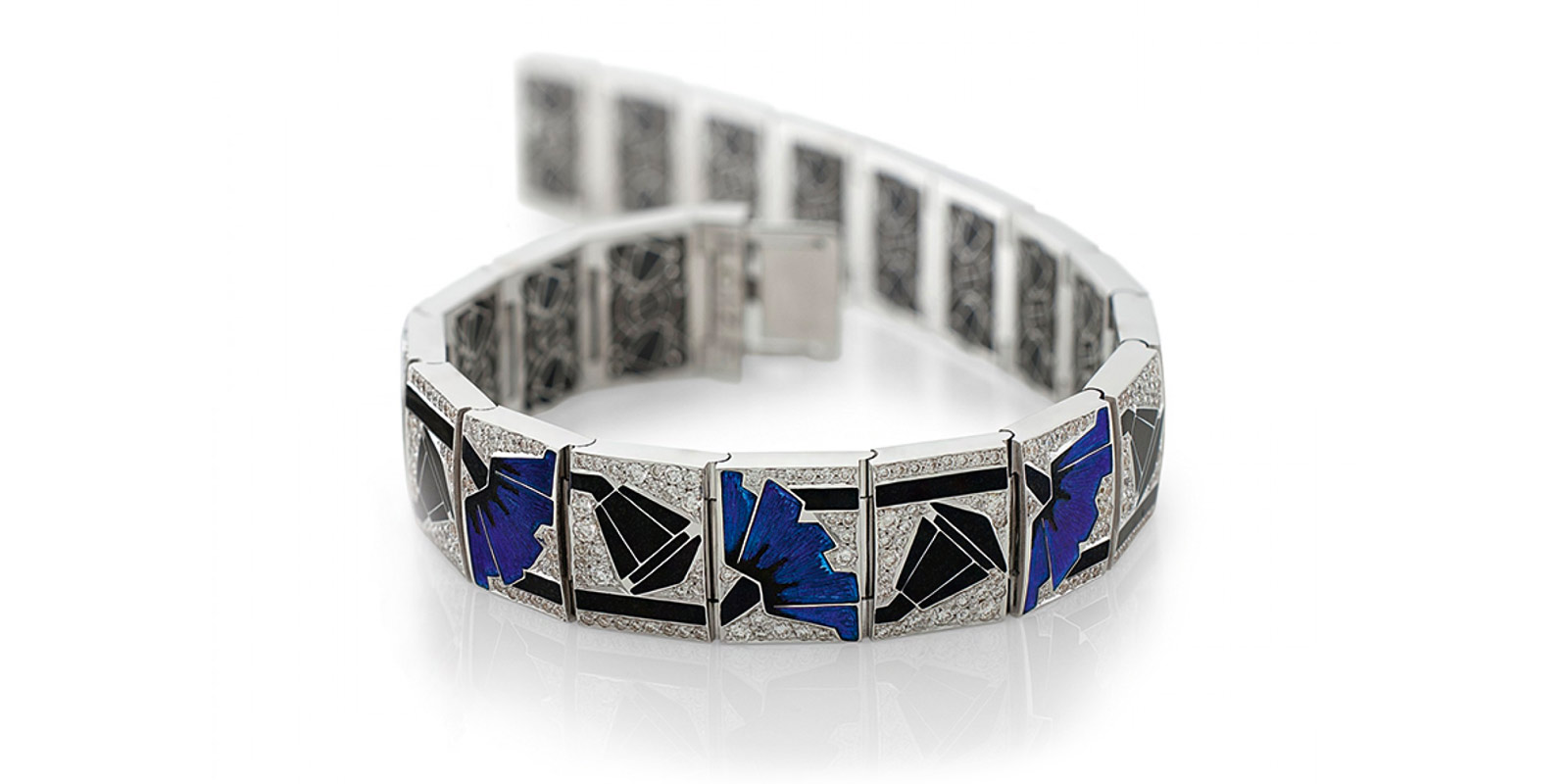
Ilgiz F Poppy link bracelet in white gold with diamonds and enamel
Tennis bracelet
This could be said to be a variant of the link bracelet, and it has already become a classic. The tennis bracelet contains stones of the same caliber, more often than not white diamonds, that encircle the wrist with a sparkling halo. To achieve a seemingly seamless effect, the clasp on this type of bracelet is usually hidden from view.
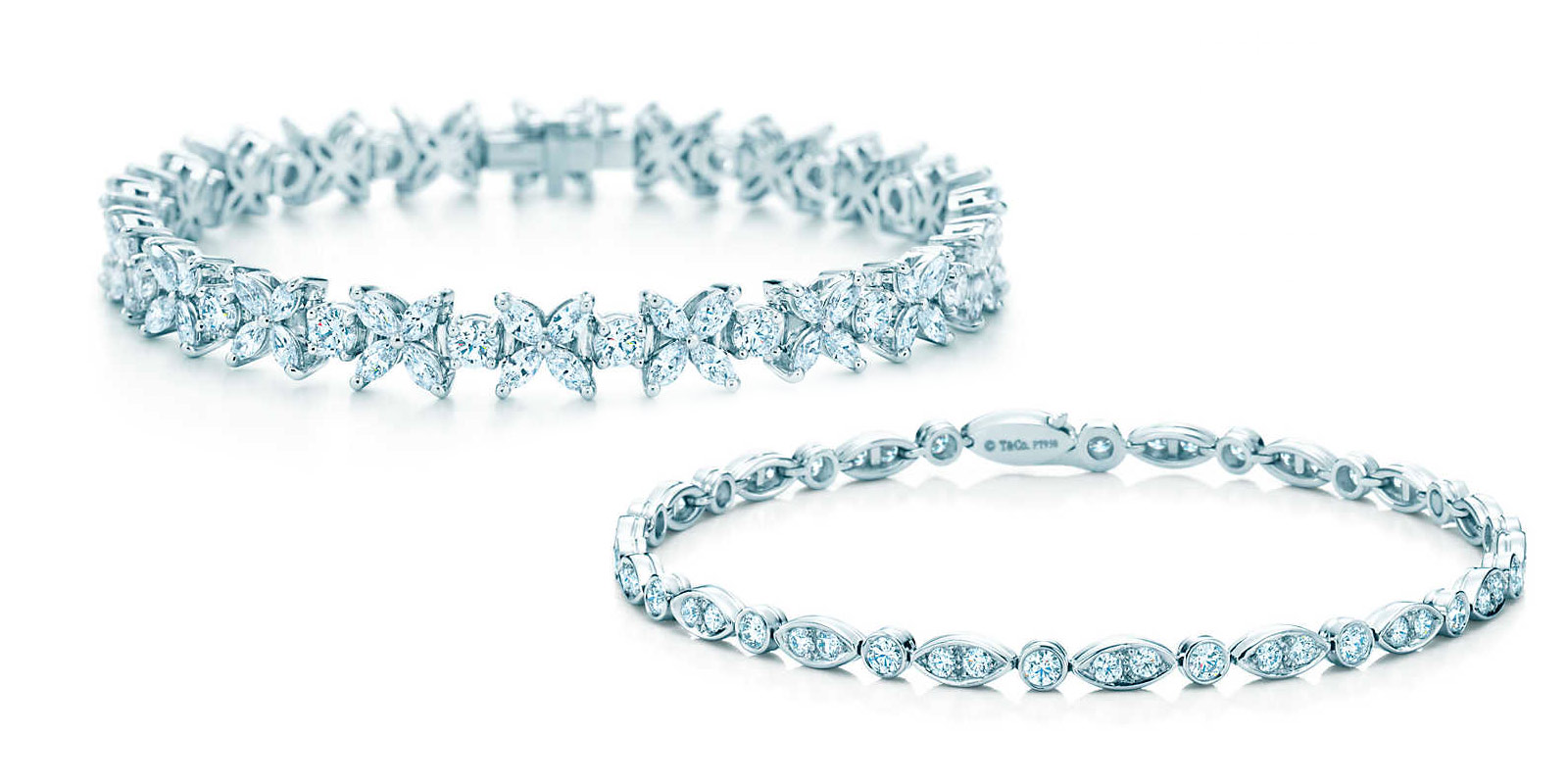
Tiffany&Co tennis bracelets in platinum and diamonds
Slave or Harem bracelet
This type of bracelet can be broad enough to cover the wrist or be in the form of a thin chain, but in both cases it is coupled with one or more rings, hence, in all probability, the name. In India, this sort of bangle can often be seen on the bride’s wrist at her wedding ceremony, though in Europe it is a fashion accessory.
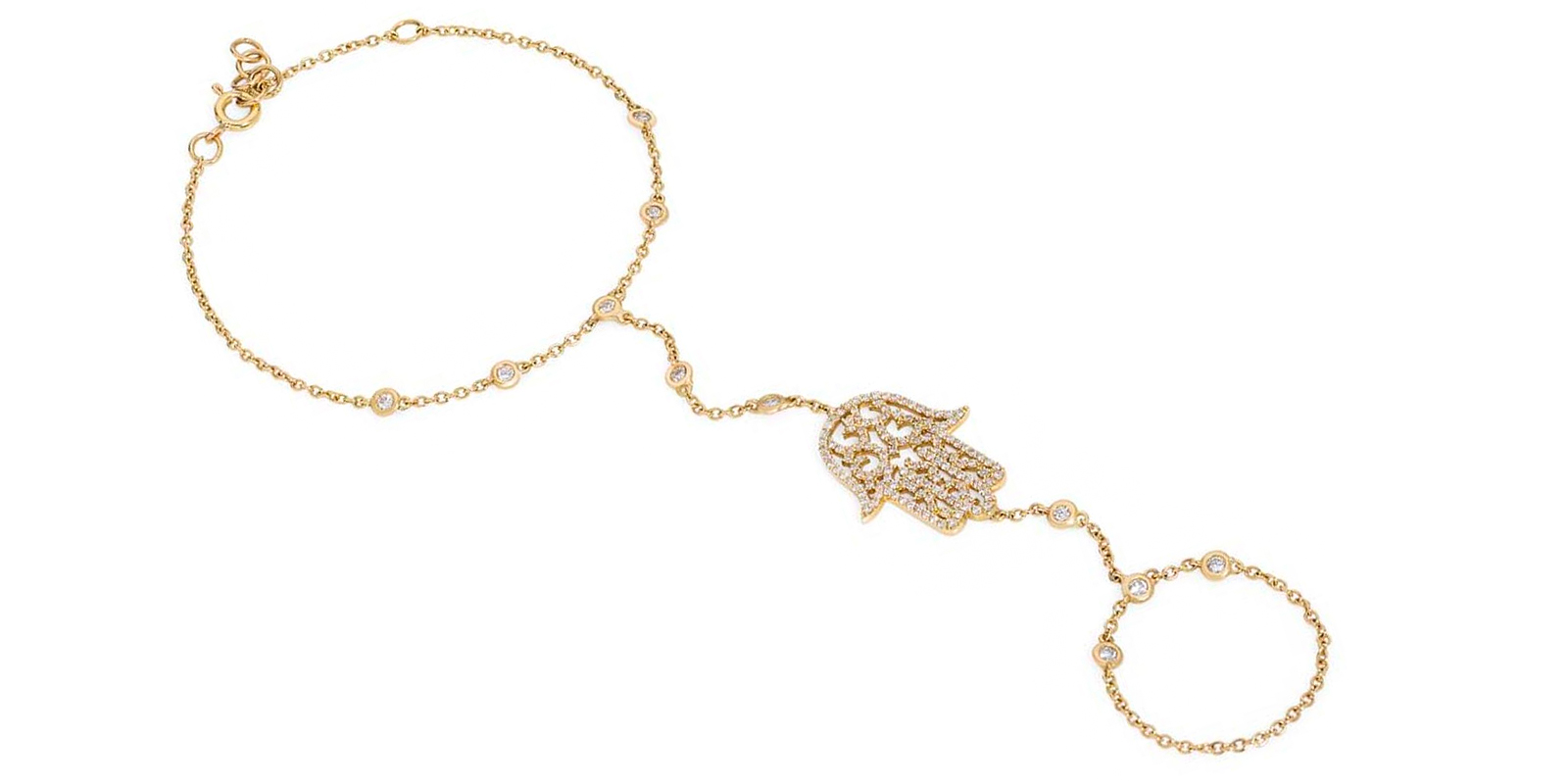
Noudar Slave bracelet in yellow gold and diamonds
Cuff bracelet
A wide, popular bracelet made of metal, stones and other materials, that covers the wrist like the cuff of a shirt. Its large size gives designers free reign of imagination, meaning they can decorate the cuff’s surface with gemstones, enamel ornamentations, golden patterns, engravings, and cuttings of mother-of-pearl. There are many, many options.
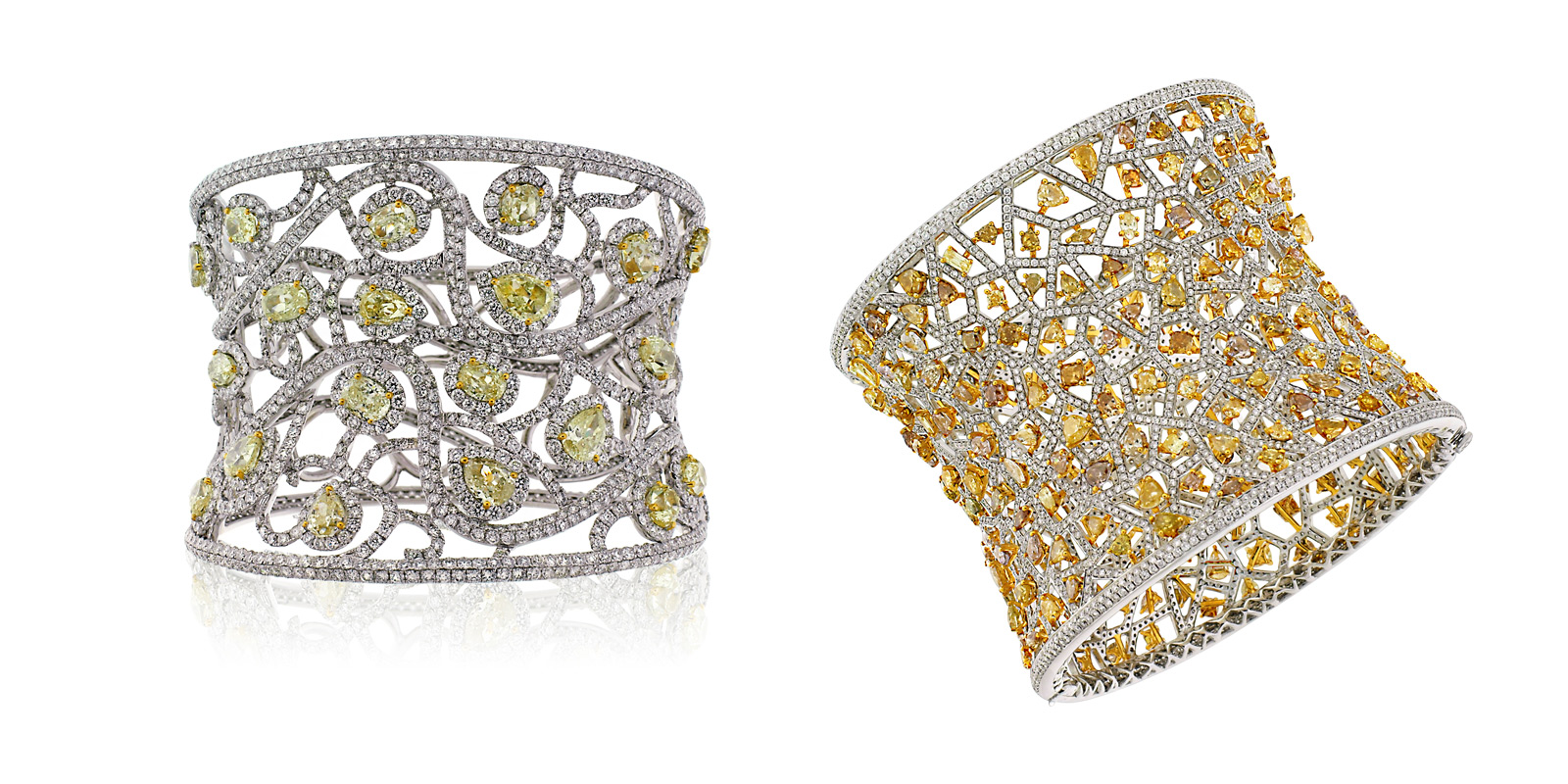
Avakian cuff bracelet in white gold with colourless and yellow diamonds
Bangle
The bangle is a non-articulated bracelet that may or may not have a clasp. It is another fashionable piece of jewellery for the wrist, but it differs from the cuff in that it is thinner – much thinner in fact. These bracelets are often worn many at a time, making for a stylish, jingling combo.
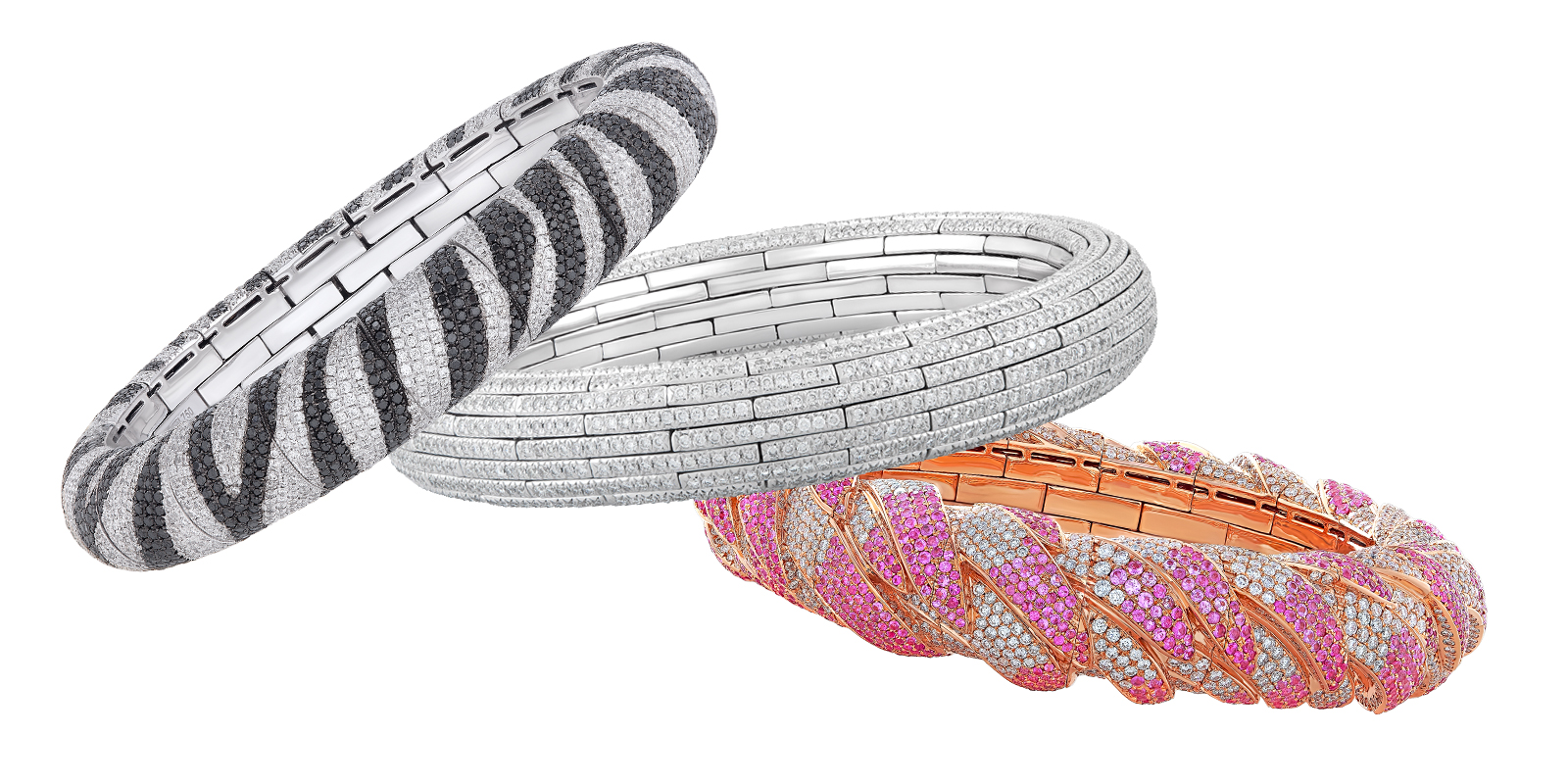
Nirav Modi bangles in sapphire, white and black diamonds
Open bangle
A thin bracelet which looks very similar to a bangle, but with an open inner section, lending it the alternate names of the “open bracelet” or “half bangle”. The design enables it to slide along the narrower part of the wearer’s arm. Typically, the half bangle comes in various widths and tends to be more comfortable when worn alone (or in combination with pliable bracelets).
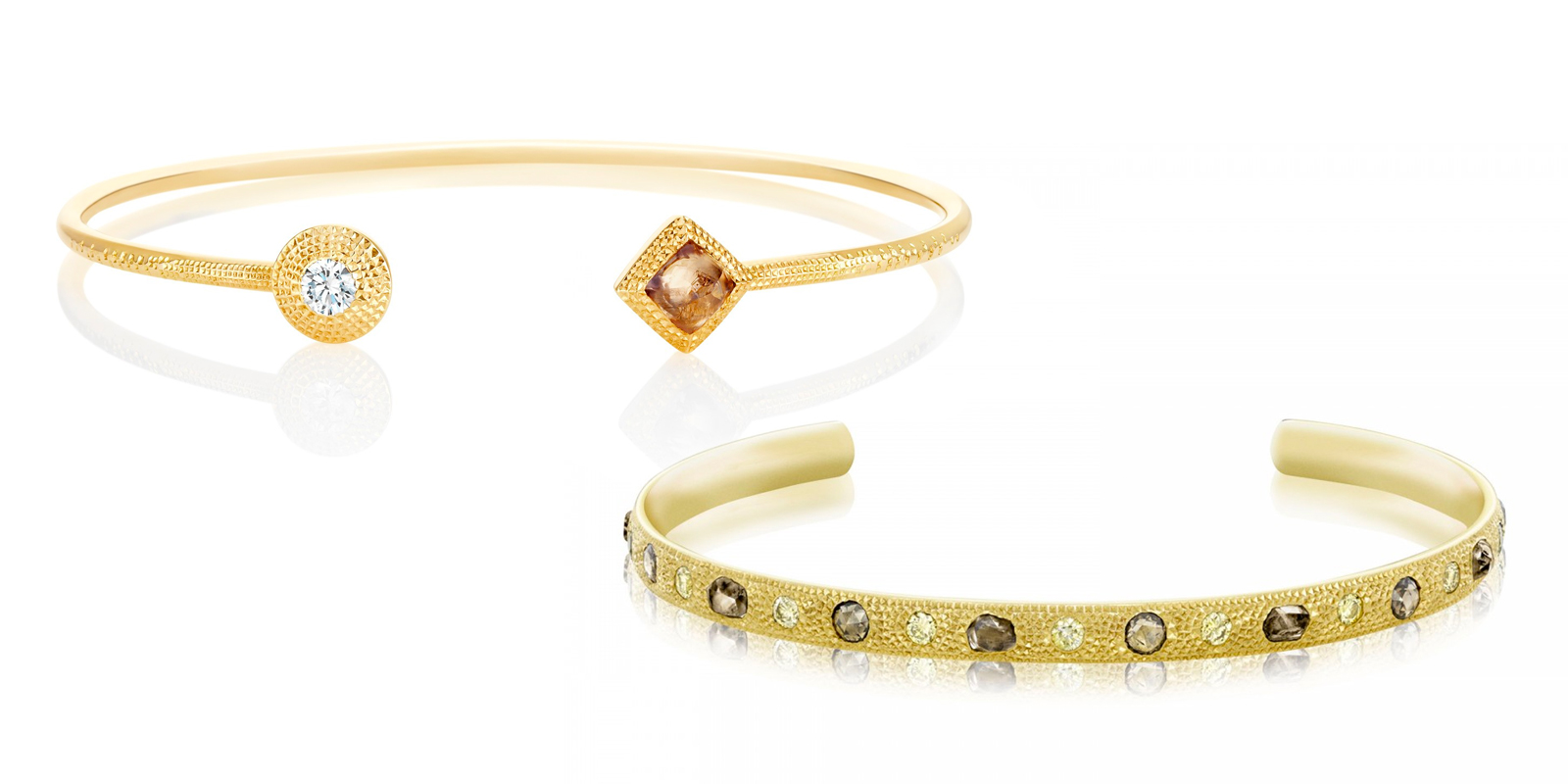
De Beers Talisman collection open bangles in yellow gold with rough and faceted diamonds
Snake bracelet
The snake bracelet is a spiral spring bracelet without a fastening that fits snugly around the wrist and forearm. Jewellers create it using a special technique with gold to make the metal malleable, or they make the item from a large number of tightly interlocking, bendable links.
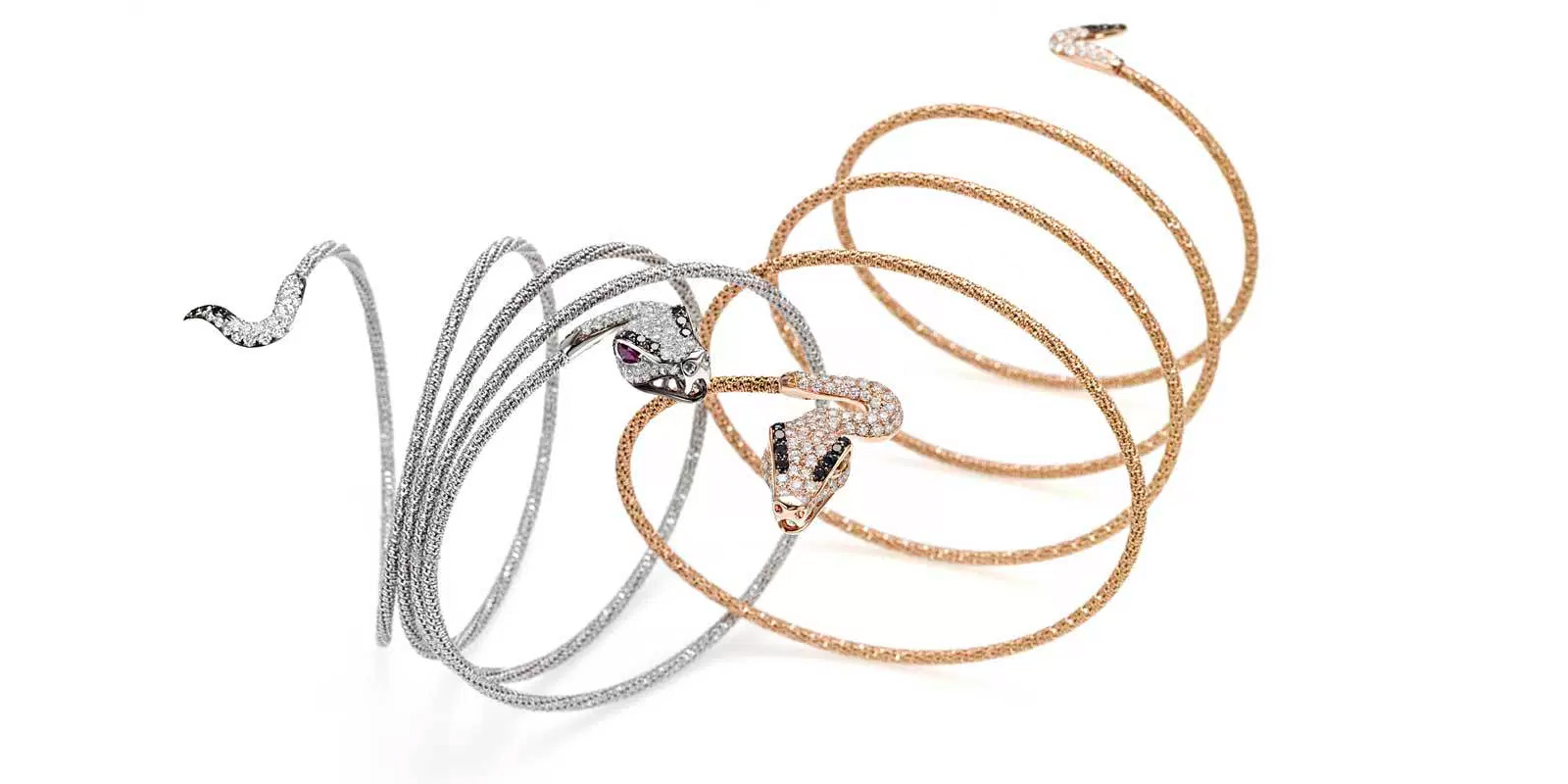
Giovanni Ferraris Snake bracelets in white and rose gold with diamonds
Palm bracelet
This is a hybrid between a bracelet and a ring, and is worn on the palm, with the decorative part on the outer part of the hand. The palm bracelet goes in and out of fashion, and is not to everyone’s taste because of the unconventional way that it is worn. However those who are brave enough to follow this trend are rewarded with compliments galore!
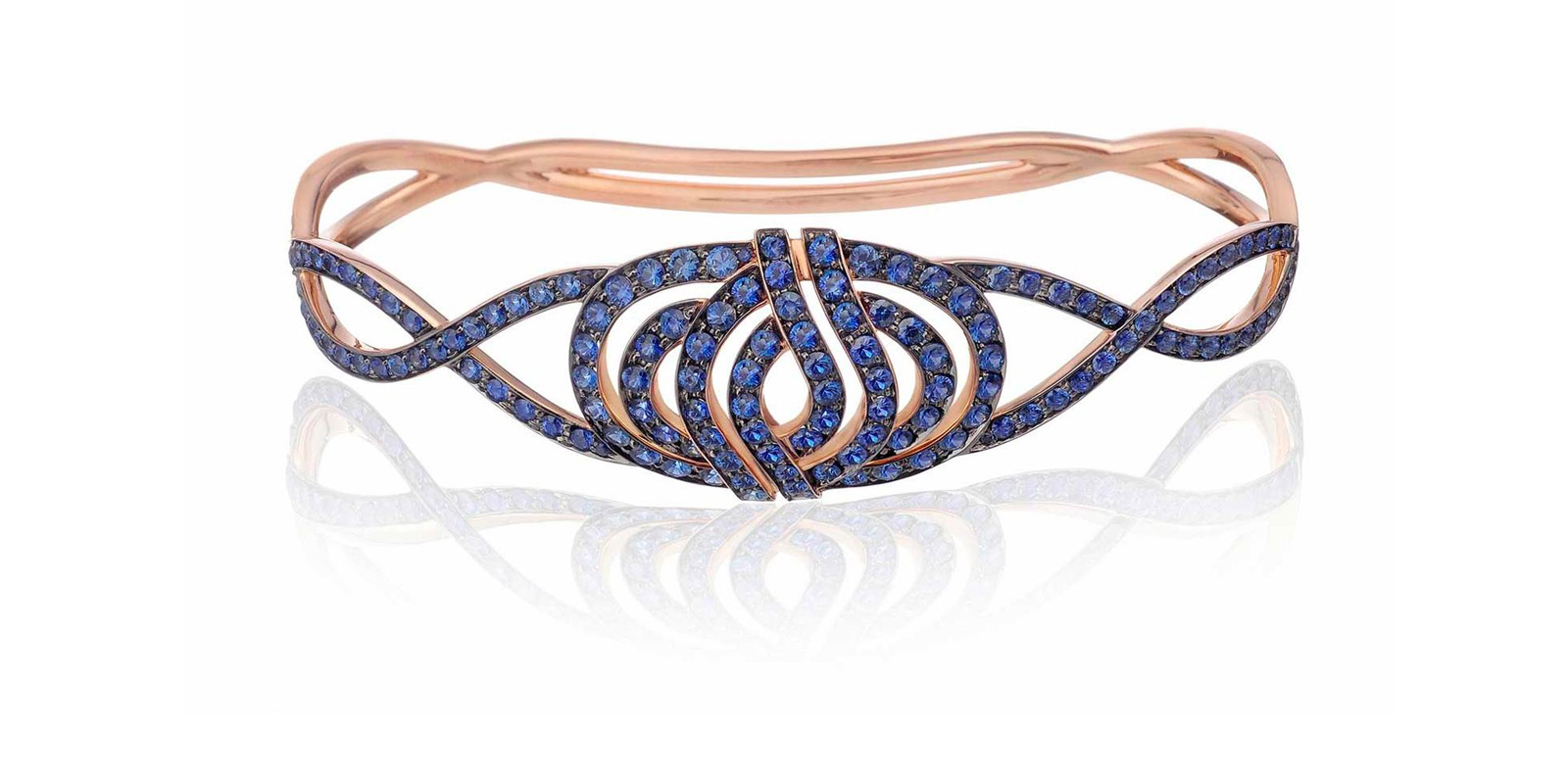
Lily Gabriella Infinitas palm bracelet with sapphires

WORDS
Katerina Perez is a jewellery insider, journalist and brand consultant with more than 15 years’ experience in the jewellery sector. Paris-based, Katerina has worked as a freelance journalist and content editor since 2011, writing articles for international publications. To share her jewellery knowledge and expertise, Katerina founded this website and launched her @katerina_perez Instagram in 2013.
Related Articles
Latest Stories
Add articles and images to your favourites. Just

Legacy of Love:The Dreamlike Jewels of Emirati Designer Mariyeh Ghelichkhani
During our meeting in Dubai, we spoke about the importance of family, the sweetness of finding joy through creativity, and the ability to translate dreamy visions and deep feelings into wearable pieces…
Jewels Katerina Perez Loves
Continue Reading
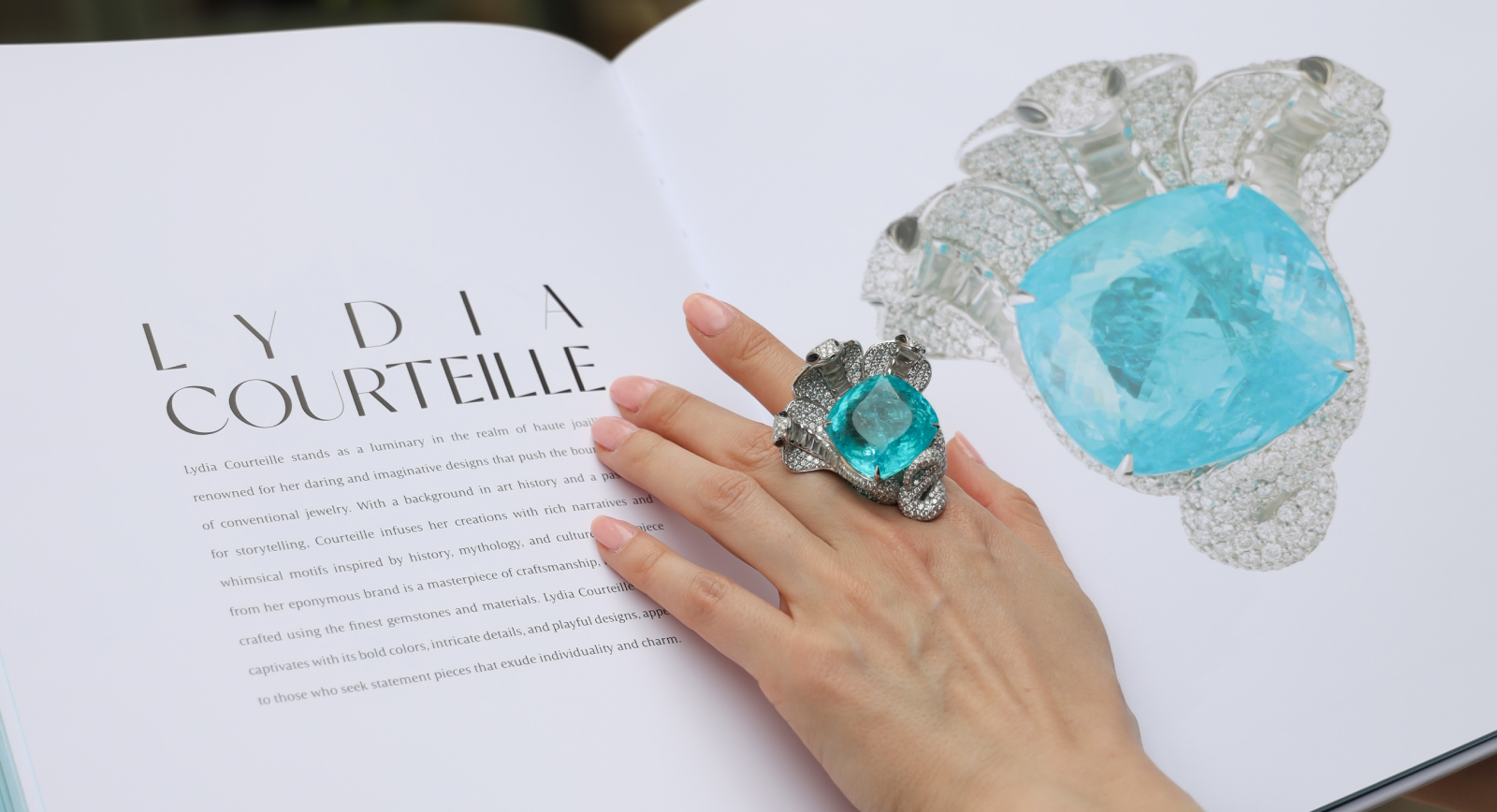
Writing Adventures:Co-Authoring the Book
Paraiba: The Legacy of a Color
Brand Focus: Cartier
Jewellery Insights straight to your inbox

